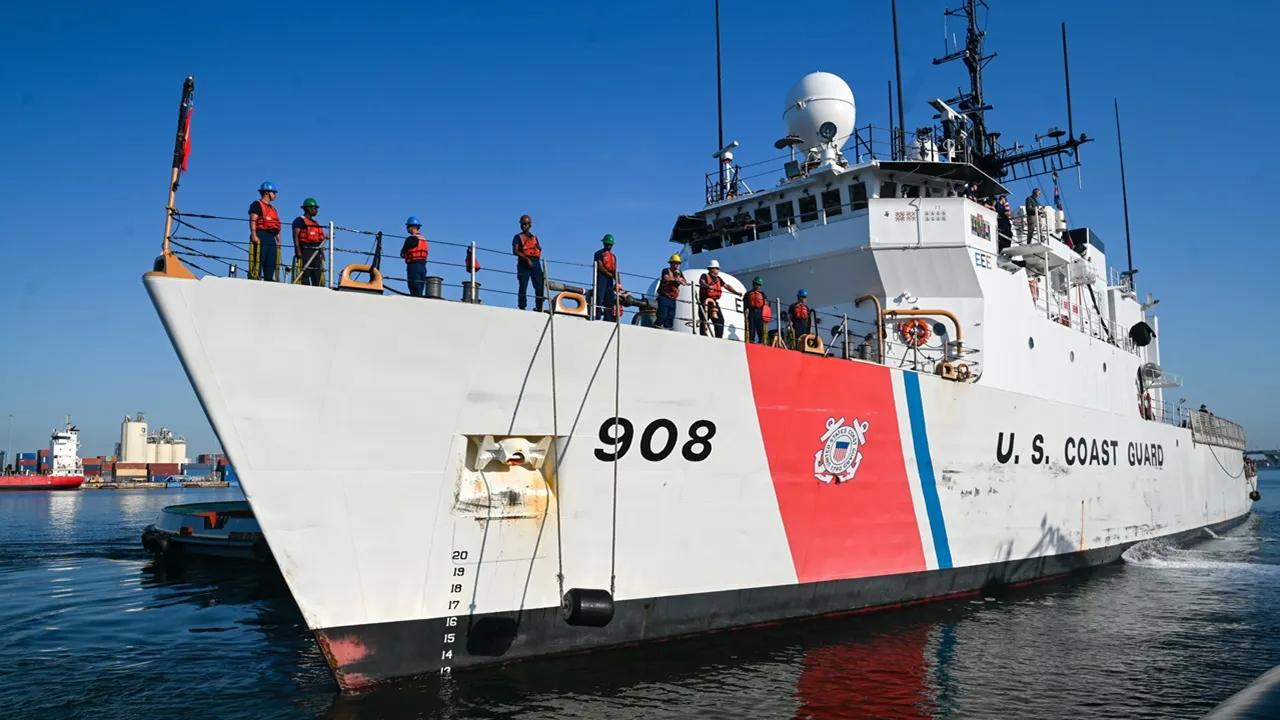Bollinger Shipyards (“Bollinger”), the largest privately owned shipbuilding and repair company in the United States announced that it has begun contract negotiations with the U.S. Coast Guard for the construction of at least 10 additional Fast Response Cutters (FRCs), supported by the historic $25 billion investment included in the recently enacted One Big Beautiful Bill, the largest single commitment of funding in the history of the Coast Guard.

The FRC is an operational “game changer”, according to senior Coast Guard officials. FRCs are consistently being deployed in support of the full range of missions within the United States Coast Guard and other branches of our armed services. This is due to its exceptional performance, expanded operational reach and capabilities, and ability to transform and adapt to the mission. FRCs have conducted operations as far as the Marshall Islands—a 4,400 nautical mile trip from their homeport. Measuring in at 154-feet, FRCs have a flank speed of 28 knots, state of the art C4ISR suite (Command, Control, Communications, Computers, Intelligence, Surveillance, and Reconnaissance), and stern launch and recovery ramp for a 26-foot, over-the-horizon interceptor cutter boat.
This investment in the continuation of the FRC program will support the 650 skilled men and women that build these cutters in Lockport and the thousands of employees from our 950-plus suppliers hailing from 37 states.
Included in the recently enacted One Big Beautiful Bill was a historic $25 billion investment to strengthen every facet of the Coast Guard and support Force Design 2028, the comprehensive effort to modernize the Service. The now law includes $1 billion for the acquisition of additional FRCs.
To date, Bollinger has delivered 60 FRCs and is under contract to build a total of 67 FRCs, with the final vessel scheduled for delivery in 2027. This critical $1 billion investment will allow the total to increase to at least 77 vessels and ensure the continuation of the program for another 3 years beyond the current contract.
With FRC 67 currently under construction, the production line should have begun to wind down this year. However, in a bold demonstration of confidence in the workforce and respect for the American taxpayer, Bordelon authorized the company to go “at-risk” earlier this year. The company spent millions to protect workforce continuity and maintain production momentum. Bollinger began procuring long-lead materials and sustained full payroll to keep future costs low and efficiencies high, enabling the government to stretch its investment further and secure at least 10 new cutters under the $1 billion investment.
“For nearly 80 years, Bollinger has set the gold standard in American shipbuilding, delivering some of the most advanced vessels in the world for the U.S. Government and commercial maritime sector, all right here in South Louisiana,” said Louisiana Governor Jeff Landry.
The FRC program has had a total economic impact of over $2 billion since its inception in material spending and directly supports more than 650 jobs in Southeast Louisiana. The program has indirectly created 1,690 new jobs from operations and capital investment and has an annual economic impact on GDP of $202 million, according to the most recent data from the U.S. Maritime Administration (MARAD) on the economic importance of the U.S. Shipbuilding and Repair Industry. Bollinger sources over 271,000 different items for the FRC, consisting of 282 million components and parts from 965 suppliers in 37 states.
The FRC is one of many U.S. Government shipbuilding programs that Bollinger is proud to support. In addition to the construction of the FRC, Bollinger is currently building the Polar Security Cutter (PSC) for the U.S. Coast Guard, the Towing, Salvage and Rescue Ship (T-ATS), the Auxiliary Personnel Lighter (APL), the newest oceanographic survey ship (T-AGS 67) and the Mine Countermeasures Unmanned Surface Vessels (MCM USV) for the U.S. Navy. Bollinger is also building three Regional Class Research Vessels (RCRV) for the National Science Foundation through Oregon State University. Bollinger also supports the nuclear-powered ballistic missile submarine program by building various auxiliary vessels for General Dynamics-Electric Boat.


